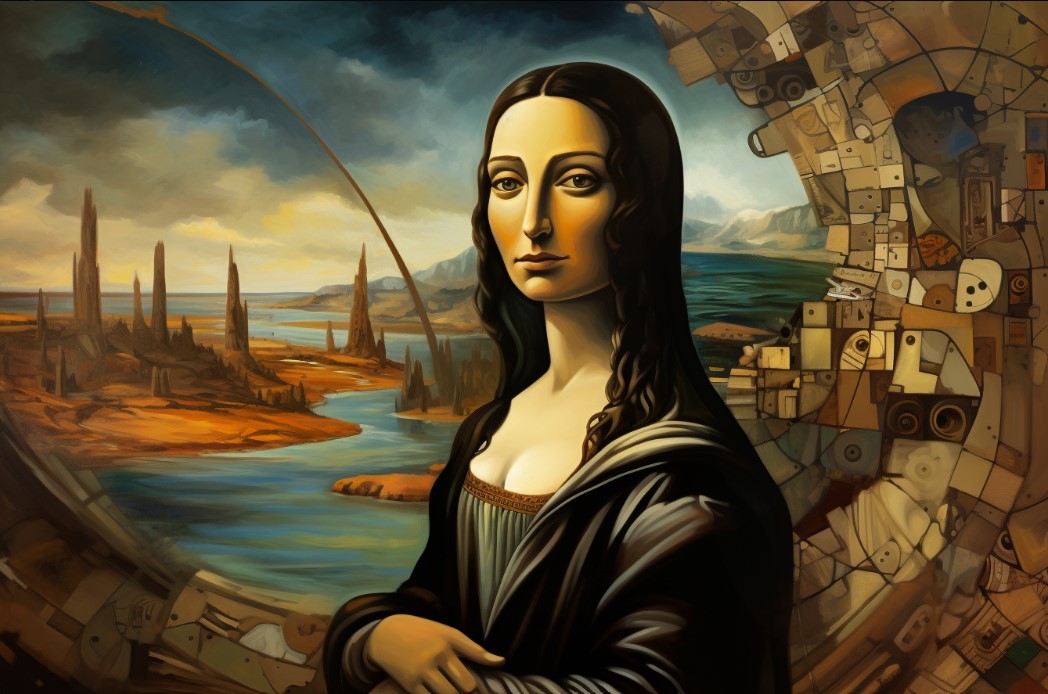Artists and musicians have always been the driving force behind creative innovation. However, as artificial intelligence (AI) increasingly finds its place in the realm of art, some creators express concerns about feeling cheated and their work being perceived as stolen. This article delves into the emotions and perceptions surrounding the intersection of AI and artistic inspiration.
For artists and musicians, their creations are not just pieces of work but a reflection of their identity and personal investment. They pour their emotions, experiences, and creative energies into their art, making it a deeply personal expression. When AI algorithms generate content that imitates or replicates their style, artists may feel a sense of detachment from their own work. This detachment can stem from the perception that their originality and unique artistic voice are being diluted or compromised.
Artists and musicians fear that the proliferation of AI-generated content might diminish the value and appreciation of their original works. The widespread availability of AI-generated art might create a perception that artistic creation is no longer a skill exclusive to human creators. This fear can be rooted in concerns about commodification and the loss of the intrinsic value that comes from human interpretation, emotion, and expression. Artists worry that their work will be devalued or seen as replaceable, undermining their professional worth and livelihoods.
Another aspect that contributes to artists feeling cheated is the issue of attribution and recognition. When AI generates content inspired by their work, the question of who deserves credit becomes blurred. Artists may feel sidelined or overlooked as the focus shifts toward the novelty of AI technology. Without proper acknowledgment and credit, artists fear their contributions will be overshadowed, leading to a sense of being robbed of their rightful recognition and impact.
While artists' concerns about AI and stolen inspiration are valid, it is essential to foster a shift in perspective. Rather than viewing AI as a threat, artists can embrace it as a catalyst for new possibilities and collaborations. Artists possess a unique ability to infuse their work with human experiences, emotions, and vulnerabilities, which AI cannot replicate. By acknowledging this distinction, artists can find confidence in their irreplaceable contribution to the artistic landscape.
Artists and musicians feeling cheated or having their work perceived as stolen in the realm of AI-generated creations reflects their deep emotional connection and personal investment in their art. Balancing the concerns with the opportunities offered by AI can lead to a more nuanced and collaborative approach, fostering an evolving and dynamic artistic environment.

Who’s Using AI Today?
Many market trading companies use AI to help their investors invest in the market but a larger majority are using the tools of AI to test the waters and to give themselves an extra edge when it comes to understanding the future and implementation of these essential tools.
There are several stock market trading companies that actively use artificial intelligence (AI) in their operations. Here are a few prominent examples:
- Citadel Securities is a global market maker and liquidity provider that extensively uses AI algorithms in its trading strategies. Their AI-powered systems analyze vast amounts of market data to make informed trading decisions and improve execution efficiency.
- Renaissance Technologies, a renowned hedge fund, utilizes AI and machine learning techniques extensively in its trading models. Their flagship Medallion Fund employs sophisticated AI algorithms to identify patterns and generate trading signals.
- Two Sigma Investments is a quantitative investment firm that heavily relies on AI and machine learning for stock trading. They employ advanced algorithms to process vast amounts of data, identify market trends, and execute trades.
- Bridgewater Associates, one of the world's largest hedge funds, employs AI-based systems to inform their investment decisions. Their AI models analyze economic data, market indicators, and news sentiment to generate trading signals.
- Man AHL is a systematic investment manager that actively incorporates AI and machine learning techniques in their trading strategies. They utilize AI algorithms to identify patterns and generate signals across various asset classes.
- BlackRock, one of the largest asset management firms globally, employs AI and machine learning techniques to enhance its investment and trading processes. They leverage AI for risk management, portfolio optimization, and trading execution.
- Goldman Sachs, a prominent investment bank, has integrated AI technology into their trading operations. They use AI algorithms to analyze market data, predict price movements, improve trading strategies, and assist developers in writing code.
These are just a few examples of stock market trading companies that actively utilize AI in their operations. The use of AI in trading is an evolving field, and many other firms are incorporating AI techniques to gain a competitive edge in the market.
